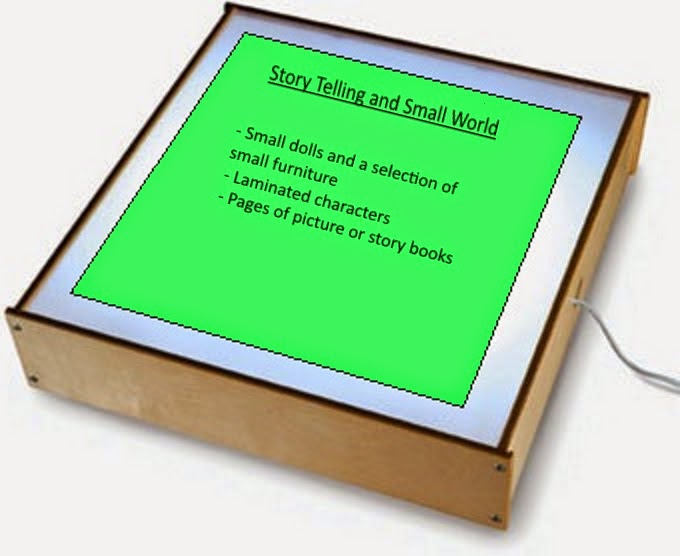There are so many
different ways to include mark making and writing in the outdoors,
but one activity that the children in my nursery particularly enjoyed
was to create and continually add to their very own nature journals.
These journals can be
as simple or complicated as you want them to be, we used large
'nature coloured' sugar paper and bound it with a long stick at the
spine, we then decorated our journals by painting using sticks,
leaves, flowers etc.
Don't forget to
encourage the children to write their names on their journal! They
should be able to take ownership of their own special book and feel
proud and excited by it.
If you wanted to be
extra creative, you could make your own recycled paper (maybe
including some pressed flowers) and use it to create beautiful book
covers.
Be sure to add plenty
of pages inside and if possible, use thick, sturdy paper that will
not rip if it gets a little damp or beaten while the children are out
and about.
Another nice touch that
you could include into your nature journals is to add small plastic
pouches or pockets so that the children can store and keep small
pebbles, shells and other exciting materials. They can then bring
them back to nursery and continue to explore their discoveries in
other areas.
Once your nature
journals are ready, collect some pencils, glue, sticky tape and
scissors and take the children outdoors! It really doesn't matter
where you go, the woods, the beach, the garden or a walk around the
block, but as you're playing and exploring, encourage the children to
collect small natural items that they find interesting, or draw a
picture of them, or write the words!
When mark making
outdoors, ensure to provide your children with a range of materials
such as chunky pencils, felt pens, chalk, crayons or paints. If you
provide a variety of resources, you are likely to find a method that
appeals to most children, rather than putting anyone off (for
example, one of my children would never choose to write or mark make
unless felt pens were on offer – then there was no stopping them!)
My children were
fascinated by all of the different types of leaves that they came
across while exploring the outdoors. They glued them into their
nature journals, drew around them, took rubbings of them and matched
and sorted them into groups of colour. This was fantastic for early
maths skills as well as science, expressive arts and of course,
language and literacy as they learned new vocabulary and attempted to
write them.
The more that you take
your nature journals out with you, the more confident the children
will become in adding into them. A nice way to promote this learning
is for the adults/ teachers to have their own nature journals as
well. Remember, if you are excited and engaged in an activity, the
children will follow your lead!
Later, the children's
journals can be used as an aid for reflecting on their learning. They
be able to look back through their book and speak about previous
trips and findings, encouraging their language skills further.
Don't forget to allow
your children to show off their work to their parents, or maybe even
take them home for the weekend and add some treasures from their own
back garden – this learning certainly does not stay within the
nursery!









